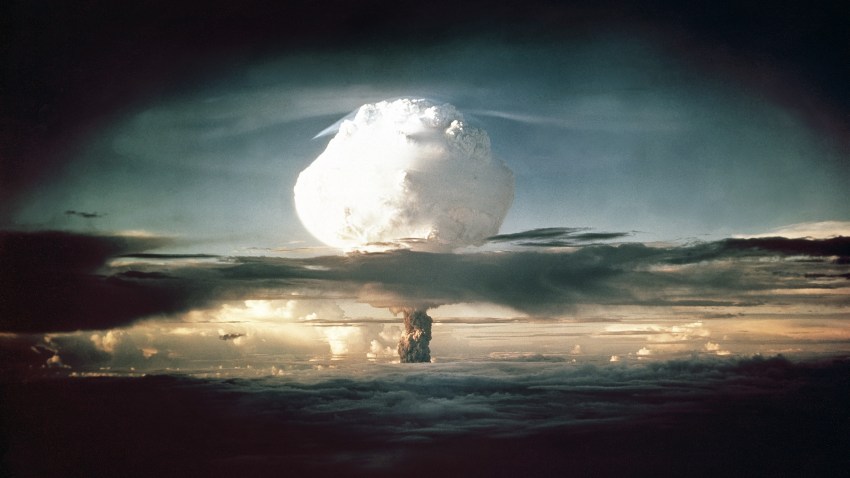With its series titled, “At the Brink,” the New York Times is aiming to refocus public discussion on the realities of the “new” nuclear weapons era. Launched last week, the collection of op-eds is both important and timely. As the editors correctly point out, nuclear brinksmanship has been on the rise in recent years, and existing nuclear powers have pulled back from bilateral arms agreements, rattling nonnuclear powers into considering pursuing their own nuclear weapons programs.
At the same time, anti-nuclear sentiment among both the public and governments worldwide has never been higher: The Treaty on the Prohibition on Nuclear Weapons has attracted 93 state signatories and 70 state parties since it was opened for signature in 2017. While the U.S. has not signed, the movie “Oppenheimer”—which just won this year’s Oscar award for Best Picture—has refocused the country’s attention on the nuclear world in which we live, making the current moment a good one for a reckoning and reassessment.
Political science scholarship can guide journalistic efforts in refocusing the national conversation on the perils of a nuclear world. In recent years, political scientists have been studying how to strengthen the nuclear taboo, or the deeply entrenched moral conviction that nuclear weapons should never be used. We now know a lot about how nuclear messaging of precisely the type being pioneered by the Times in its new series can affect popular understandings of nuclear risk and nuclear ethics. In several respects, the Times’ series is an excellent start in this regard compared to typical news coverage of nuclear politics. But the social science of U.S. public opinion on nuclear weapons also has additional lessons for media outlets that wish to amplify this issue for their audiences.

